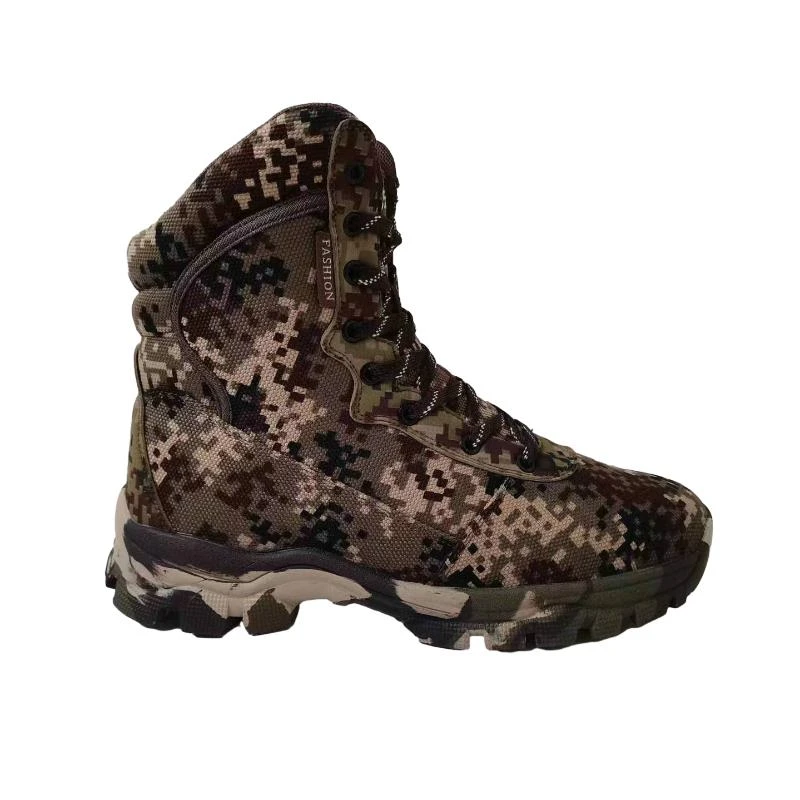The Ultimate Guide to Choosing Saltwater Fishing Shoes
When it comes to enjoying a day of saltwater fishing, having the right gear is essential. Among the most crucial pieces of equipment you’ll need are a good pair of saltwater fishing shoes. The right shoes can make the difference between a comfortable day on the water and an uncomfortable, even hazardous, experience. In this guide, we’ll cover the key features to look for, the different types of saltwater fishing shoes available, and tips for choosing the right pair for your needs.
The Importance of Proper Footwear
Saltwater fishing often involves wading through shallow waters, standing on wet surfaces, and navigating rocky shorelines. The right shoes not only provide comfort but also ensure safety by offering essential traction and protection. Wet, slippery surfaces can lead to accidents, and being equipped with shoes designed for fishing can help prevent slips and falls. Moreover, the right footwear can help protect your feet from sharp rocks, shells, and other hazards found in saltwater environments.
Key Features to Consider
1. Material Look for shoes made from quick-drying, breathable materials. Synthetic materials like mesh and nylon are ideal as they dry faster and allow for breathability. This is essential in hot weather when your feet might sweat.
2. Traction Anti-slip soles are a must for saltwater fishing shoes. Rubber soles with a good tread pattern provide extra grip on wet surfaces, helping you maintain your footing whether you’re on a boat, standing on slippery rocks, or wading through surf.
3. Water Resistance Shoes with water-resistant or waterproof properties are highly desirable. While you’ll probably get wet regardless, having shoes that resist soaking can keep your feet more comfortable throughout the day.
4. Drainage Look for designs with drainage holes or mesh panels to allow water to escape. This will help prevent your shoes from becoming waterlogged, ensuring that your feet stay lighter and more comfortable as you fish.
5. Support and Comfort Make sure the shoes provide good support for your arches and feature cushioning for all-day comfort. Some styles may also have neoprene linings, which can add comfort when wet.
saltwater fishing shoes

6. Fit A snug but comfortable fit is vital. If your shoes are too loose, they can cause blisters, while shoes that are too tight may restrict blood flow and cause discomfort.
Types of Saltwater Fishing Shoes
1. Sandals Open-toed sandals offer maximum ventilation and are great for hot days. However, ensure that they have sturdy soles and straps that secure your feet. Look for models with toe guards for added protection against sharp objects.
2. Water Shoes These are lightweight, and often designed with drainage systems and quick-drying materials. Water shoes are versatile and can be used for both fishing and other aquatic activities.
3. Boots For anglers who plan to wade deep or navigate rocky shores, waterproof boots with good traction are essential. Knee-height or ankle-height options are available, and you should consider insulation if you’re fishing in colder conditions.
4. Shoes with Built-In Theming Some brands offer shoes that blend fishing functionality with casual wearability, enabling you to transition easily from the water to social settings.
Tips for Choosing the Right Pair
- Try Before You Buy Always try on shoes before purchasing if possible. Walk around in them to ensure they fit properly and feel comfortable. - Read Reviews Research online reviews on different brands and models. Feedback from fellow anglers can provide valuable insights into durability and performance. - Consider Your Activities Think about where and how you will be fishing. Choose shoes best suited for your typical fishing environments, whether you’re beach fishing, boat fishing, or trekking along rocky coasts.
Conclusion
Choosing the right saltwater fishing shoes is a critical aspect of preparing for a successful and enjoyable day on the water. With the right pair, you’ll experience increased comfort and safety, allowing you to focus on what you love most—fishing. Take the time to consider your options, assess your needs, and invest in quality footwear that will serve you well for many fishing trips to come. Happy fishing!
-
Stay Dry in Any Condition with WadersNewsJul.17,2025
-
Elite Performance with Camouflage Combat BootsNewsJul.17,2025
-
Dry and Comfortable with Green Rubber Garden ShoesNewsJul.17,2025
-
Convenient Protection with Foldable RainbootsNewsJul.17,2025
-
Comfort and Protection with Neoprene Work BootsNewsJul.17,2025
-
Brighten Rainy Days with Floral Rain BootsNewsJul.17,2025
-
Safety Wellies: The Ultimate Combination of Protection, Comfort, and VisibilityNewsJun.19,2025











